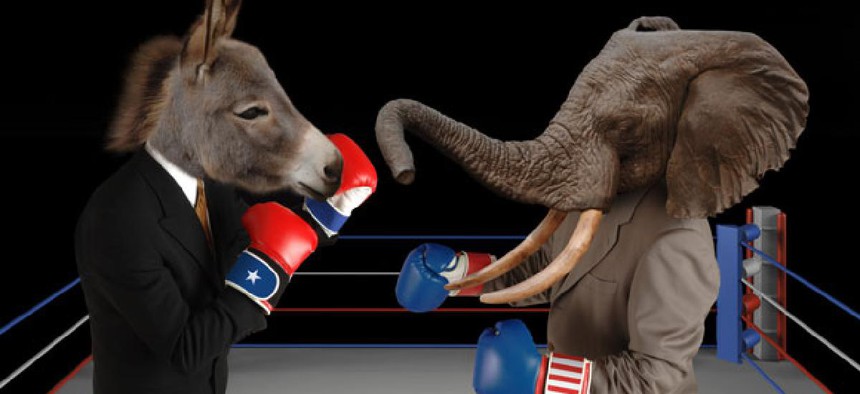
James Steidl/Shutterstock.com
What If the Pundits Are Right After All? A Comment on Polarization and Sorting
Last week, Molly Ball reported on political scientist Morris Fiorina's paper highlighting common errors pundits make. Alan Abramowitz argues that one of Fiorina's claims misses the mark.
Morris Fiorina's claim that polarization in the United States is limited to what he refers to as the political class -- a group made up of elected officials and a small set of activists -- is far from the consensus view among political scientists who study public opinion and voting behavior. In addition to myself, a number of prominent scholars have presented evidence in recent years documenting the rise of polarization within the American electorate and the close connection between elite polarization and mass polarization.
Fiorina argues that Americans have become better sorted by party in recent years but not more polarized. He acknowledges that there is a stronger relationship between party affiliation on the one hand and ideology and policy preferences on the other, but he claims that this is different from polarization, which involves a shift in opinion away from the center and toward the extremes. In fact, however, survey data shows that sorting and polarization are two sides of the same phenomenon. As Americans have become better sorted by party, they have also become more polarized. Thus, evidence from the American National Election Studiesshow that the percentage of voters who place themselves in the center of a seven-point liberal-conservative scale has decreased, while the percentage who place themselves near the left and right ends of the scale has increased considerably since the 1970s.
(Image via James Steidl/Shutterstock.com)






